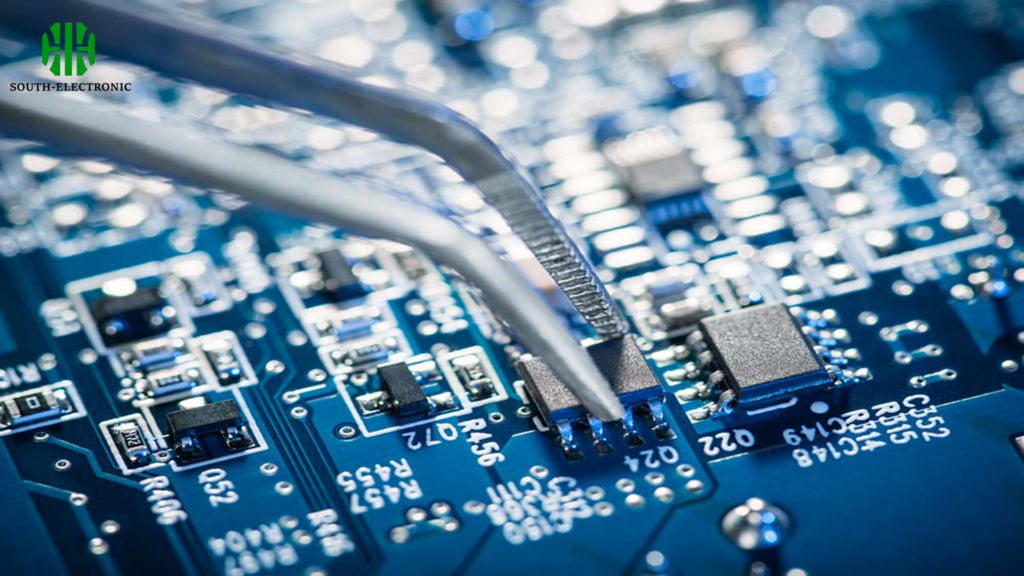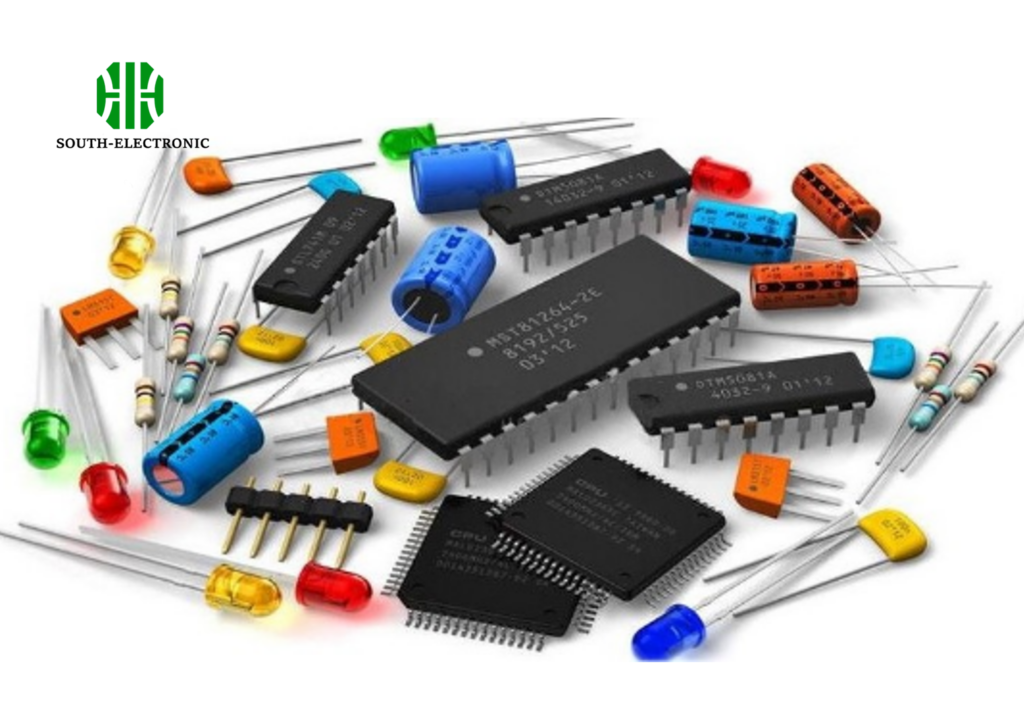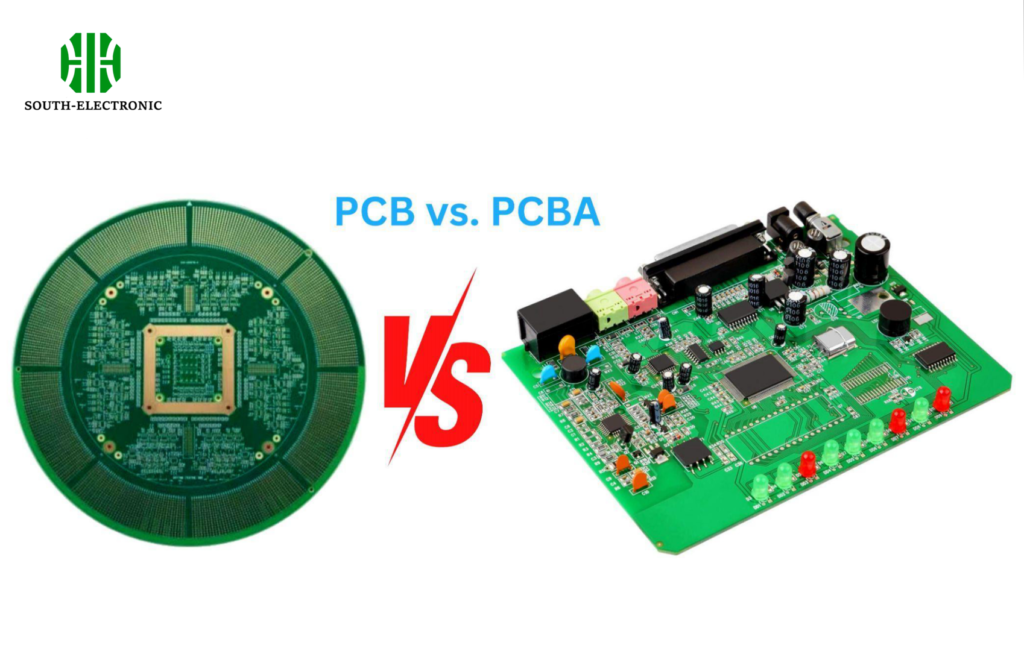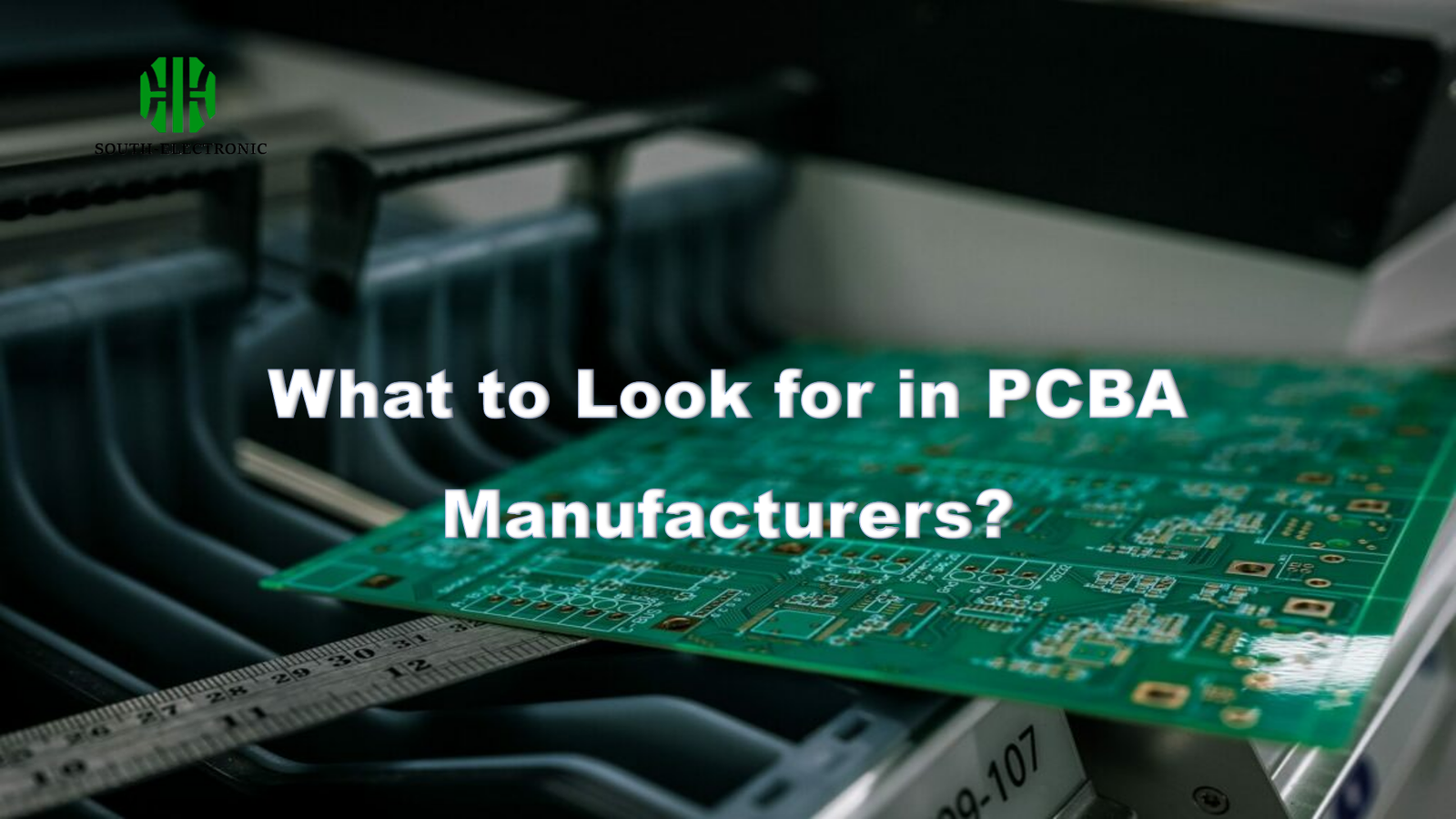Choosing a PCBA manufacturer? Feeling overwhelmed? Mistakes cause costly delays. Poor partners ruin products. I’ve seen projects fail from wrong picks. Let’s fix that stress right now.
Prioritize technical skills like precise SMT assembly and component range support. Demand robust testing including ICT and ATE. Verify quality certifications (ISO). Assess supply chain resilience. For custom PCBA, seek DFM expertise and turnkey flexibility.

Finding the best pcba manufacturers takes work. But knowing what matters simplifies decisions. We’ll explore critical areas together.
What Components Go Onto a PCBA?
Unsure what makes a pcba circuit board work? Missing parts cause malfunctions. Avoid production nightmares.
Common compenents on a pcba include resistors, capacitors, ICs, and connectors. These parts handle power, signals, and connections. Each piece matters for functionality.

Core PCBA Building Blocks
All pcba designs use these core elements:
| Component Type | Function | Examples |
|---|---|---|
| Resistors | Control current flow | Fixed, variable |
| Capacitors | Store electrical charge | Ceramic, electrolytic |
| Integrated Circuits (ICs) | Process signals | Microcontrollers, processors |
| Connectors | Link subsystems | USB, HDMI, board-to-board |
Resistors manage electricity. Without them, circuits overload. Capacitors stabilize voltage. They prevent sudden power drops. ICs act as the pcba’s brain. They make decisions using programmed logic.
Connectors bridge functions. For custom pcba projects, connector choice affects durability. Always match specifications to application needs. Understanding what is pcba and its components prevents design errors. Every part impacts reliability.
PCB vs PCBA: What’s the Key Difference?
Confused about pcb vs pcba terms? Ordering wrong delays production. I’ve fixed expensive mix-ups. Clear this up immediately.
A pcb is the raw circuit board without parts. Pcba means the populated board with soldered components. PCBA = PCB + assembly process.

Breaking Down the Manufacturing Journey
PCB Creation Stage
Blanks get etched with copper traces. Holes are drilled for mounting. No electronic parts exist yet. This base enables assembly.
PCBA Transformation
Components attach via SMT soldering. Boards undergo reflow ovens. Functional testing follows. Now alive as working units.
| Phase | Material State | Key Processes |
|---|---|---|
| PCB | Bare board | Etching, drilling, lamination |
| PCBA | Functional unit | SMT, soldering, testing |
Pcb manufacturing creates the foundation. Pcba manufacturing completes functionality. Knowing this difference prevents supply chain confusion. Always verify vendors handle both stages if supplying complete units.
What Role Does ATE Play in PCBA Testing?
Scared of hidden defects? Faulty boards damage brands. Automated testing saves you.
ATE (Automated Test Equipment) performs rapid pcba circuit board validation. It simulates real operation using specialized probes and software.

Why Automation Matters in Quality Control
Speed Without Sacrifice
Manual checks take hours. ATE tests entire batches quickly. Humans miss tiny solder defects. Machines catch micro-faults consistently.
Critical Test Types Enabled
- In-Circuit Testing (ICT): Measures component values
- Flying Probe: Checks connections without fixtures
- Functional Testing: Validates real-world operation
ATE in pcba testing reduces escape rates. Defective units get flagged early. Good pcba manufacturers use ATE for high-volume batches. Custom pcba projects benefit too. Automated systems adapt to unique layouts. Reliable testing cuts warranty costs.
Conclusion
Choose pcba manufacturers with technical skills, strong testing like ATE, clear certifications, and flexible supply chains. Prioritize transparency and communication.



